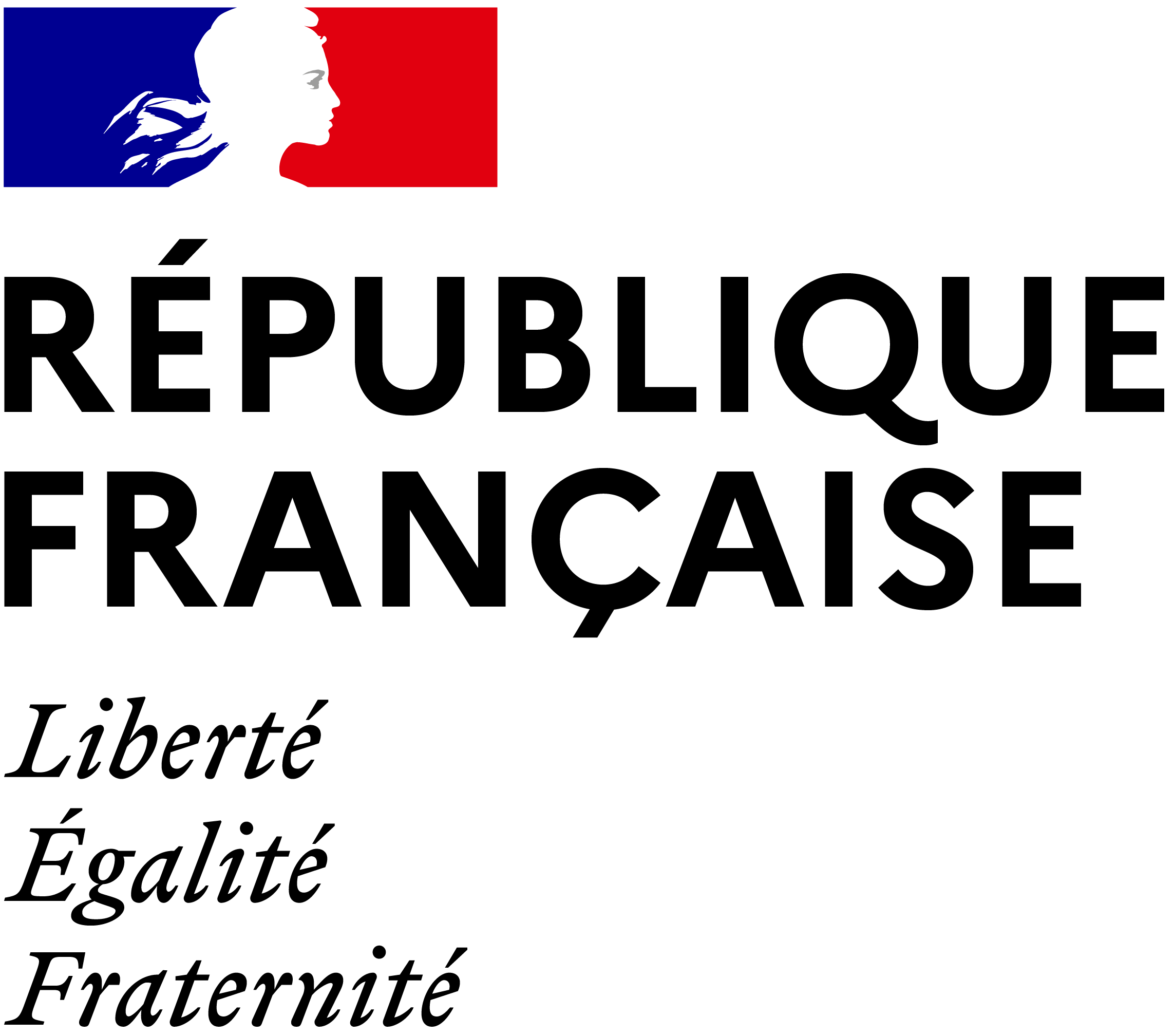Share the page
Developing efficient and sustainable public transport in Lima
Project

-
Project start date
-
-
AFD financing amount
-
€ 120500000
-
Country and region
-
Location
-
Lima
-
Type of financing
-
Beneficiaries
-
Peruvian Ministry of Transport and Communications
Lima is currently developing a metro network which will have 6 lines at completion. The aim is to address the congestion and pollution generated by the increasing traffic and dilapidated state of private vehicles and public transport. AFD is supporting the Government of Peru for the creation of line 2 and part of line 4.
Context
Since the 1950s, the population of Lima has seen a tenfold increase, with practically no urban planning. The capital of Peru currently has some 10 million inhabitants, i.e. a third of the total population of the country. This unregulated expansion causes a number of difficulties in the main basic sectors (access to water and electricity services, housing, lack of urban infrastructure…).
Transport is certainly one of the most urgent problems. The current public transport is provided by an excessive number of vehicles which are too small, in a dilapidated state and extremely polluting, and the entire system lacks organization. In addition, there has been an explosion in the vehicle fleet since the early 2000s, making travel conditions increasingly difficult in Lima. Residents have to put up with up to 5 hours of travel a day to go to work (average speed during peak-time public transport of 8 km an hour).
Description
80% of Lima’s residents use public transport to get about and public transport has become one of the main issues and projects for the Government. The project comprises the construction of line 2 (27 km), as well as part of line 4 (7 km), which will include a connection between the airport and the public transport network.
They will be Peru’s first underground metro lines and will have 35 stations. It is expected that there will be over 650,000 passengers a day. The lines will be fully automated and line 2 will be connected to line 1 of the metro and to the Metropolitano (Bus Rapid Transit). These are the only two public transport lines currently in service in Lima. There are a number of challenges related to the project, such as the interoperability of the transport system in Lima, fare integration, and the creation of a transport authority in the metropolitan area.
Impacts
- Reduction in travel times for users;
- Safer and more comfortable mobility;
- Reduction in particulate pollutant emissions and traffic accidents.
- This project for a new metro line will serve densely populated neighborhoods, as well as important economic areas, such as the port and airport.


